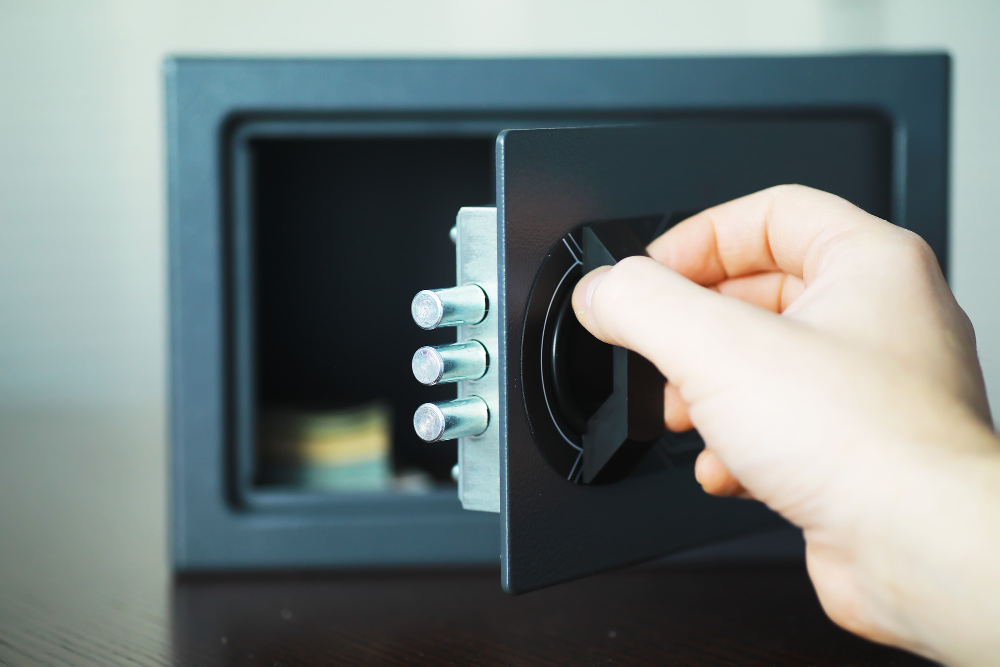
Forgetting the combination to your safe or losing its key can feel like a scene from a movie—a stressful one where your valuables are trapped just out of reach. Your first instinct might be to picture a dramatic break-in with drills and crowbars. However, professional locksmiths have a much more sophisticated and subtle set of skills. They specialize in non-destructive safe opening, using expertise and precision tools to regain access without damaging the safe or its contents.
This article will explore the professional techniques locksmiths use to open safes. Understanding these methods will not only demystify the process but also highlight why calling an expert is the safest and most effective solution when you're locked out. If you're in Orlando, FL, and need help with a locked safe, learning about these professional methods will show you what to expect from a qualified technician.
Before a locksmith even touches a tool, their first step is always a thorough assessment. Not all safes are created equal. They vary in brand, model, lock type, and security rating. A professional will identify these specifics to determine the best approach for a successful opening.
Key factors a locksmith considers include:
This initial evaluation is crucial. It allows the locksmith to choose the most efficient and least invasive method, maximizing the chances of opening the safe without any damage.
A skilled locksmith's primary goal is to open your safe as if they had the key or combination all along. This requires patience, a delicate touch, and a deep understanding of lock mechanics. Here are the most common non-destructive methods they employ.
This is the most classic and skillful safe opening technique, often seen in heist movies but rarely depicted with accuracy. It involves listening to and feeling the internal components of the lock to deduce the combination.
An auto-dialer is a high-tech device that automates the process of trying every possible combination. Think of it as a robotic version of lock manipulation, but much faster.
When manipulation isn't an option, a locksmith might "scope" the safe. This involves drilling a very small, strategically placed hole to see inside the lock mechanism. While it involves drilling, it's considered a minimally invasive technique because the hole is tiny and easily repaired.
Sometimes, non-destructive methods are not possible. This can happen if the safe's internal locking mechanism is severely damaged, the bolts have seized due to an attempted break-in, or if it's a low-quality safe not designed for manipulation. In these cases, a locksmith must resort to destructive entry.
However, a professional’s version of "destructive" is still a far cry from a brute-force attack. It is a calculated process designed to bypass the lock while minimizing damage to the safe's body and, most importantly, protecting the contents. Methods may involve drilling out the lock mechanism or using cutting tools at specific weak points. Even in these scenarios, a skilled locksmith can often repair the safe to a functional state.
Losing access to your safe can be frustrating, but it doesn't have to be a disaster for your property. Professional locksmiths possess the knowledge and specialized tools to perform a safe opening with skill and precision, often without leaving a single scratch. By understanding the lock and choosing the right technique—whether it's manipulation, auto-dialing, or scoping—they can solve your lockout problem efficiently.
If you are in the Orlando, FL area and need help with a locked safe, don't risk damaging it with a DIY attempt. Put your trust in a professional. If you need professional safe opening in Orlando, FL, contact A-Rudi Cuellar Lock today for more information and expert assistance.